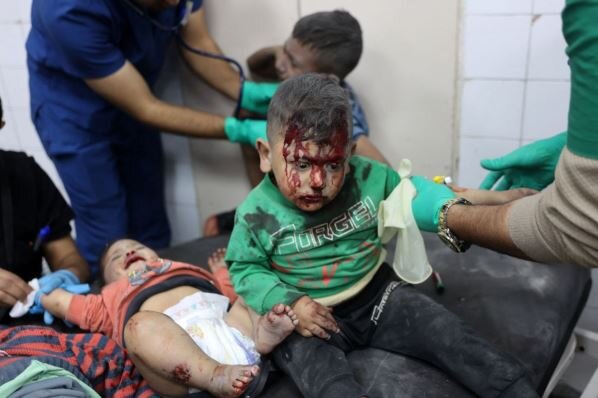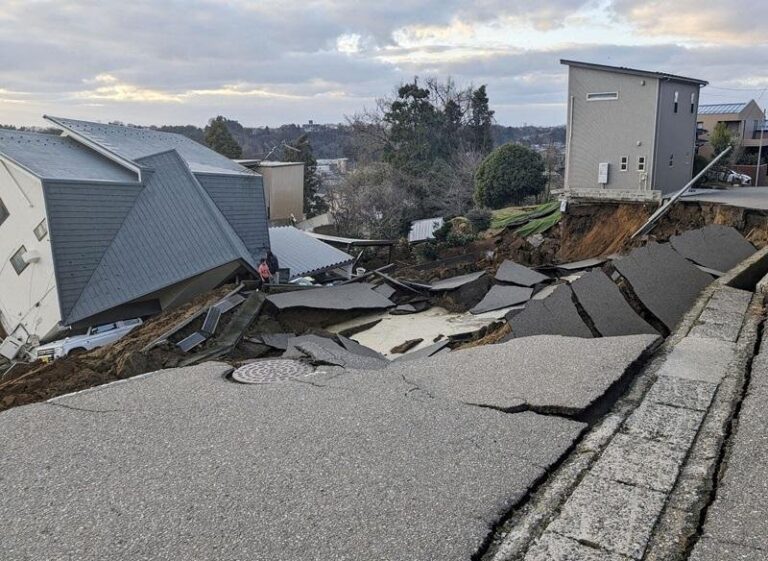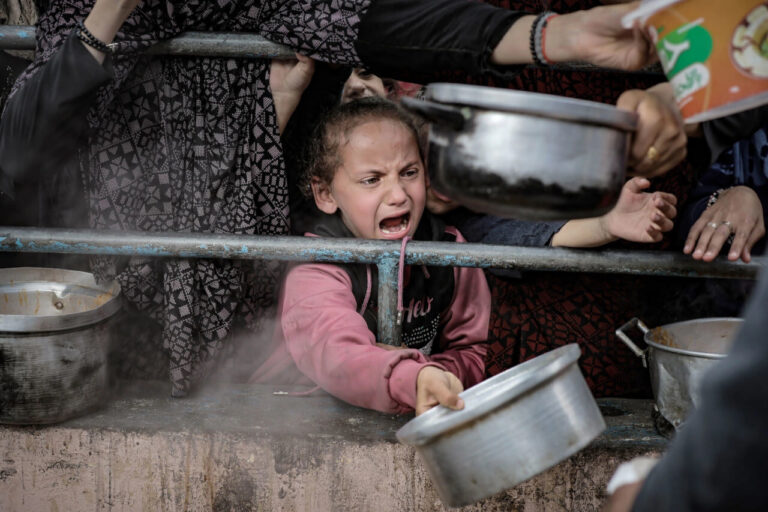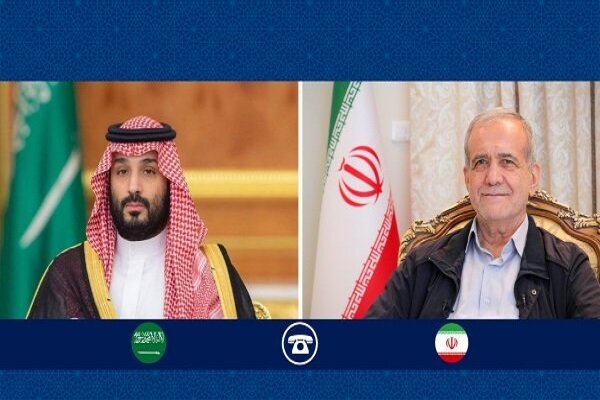Tragic Israeli Assault: Hundreds Affected in Devastating Casualties
The ongoing conflict in Gaza has escalated dramatically, with the Israeli occupation regime executing multiple attacks that have resulted in numerous civilian casualties. Reports indicate that the Israeli military has intensified its bombing campaigns across the Gaza Strip, particularly during a recent wave of violence that has been described as one of the most brutal nights in this ongoing conflict.
In a shocking incident, the Israeli army targeted a school in the al-Tuffah neighborhood of Gaza City, which was serving as a shelter for displaced families. This attack tragically claimed the lives of over 30 individuals, predominantly women, children, and the elderly, while injuring at least 100 others. According to the Palestinian Civil Defense Agency, three missiles struck the Dar al-Arqam School, highlighting the perilous conditions civilians face as they seek refuge.
The Israeli occupation forces (IOF) have also launched strikes in various other locations, including:
- Rafah: Airstrikes resulted in the deaths of 25 civilians in the al-Manara neighborhood of Khan Younis.
- Khan Younis: Israeli warplanes targeted tents that housed displaced individuals in al-Mawasi and destroyed a mosque in the area.
- Shejaiya: On Friday, 20 fatalities were reported due to an airstrike in this neighborhood, which has been heavily bombarded.
Gaza’s Health Ministry has reported alarming statistics, stating that within 24 hours, “100 martyrs (including 3 recovered martyrs) and 138 injuries were received at hospitals in the Gaza Strip.” It is crucial to note that the ministry only releases names of deceased Palestinians after they have been officially identified.
Recent updates indicate that:
- On Thursday alone, 112 Palestinians were killed due to Israeli airstrikes across the region, with 71 fatalities occurring in Gaza City.
- The following day, a further 86 Palestinians were reported dead, with 287 others injured in the ongoing attacks.
As of now, the total casualties since March 18, 2025, have reached a staggering 1,249 martyrs and 3,022 injuries. Overall, the death toll from the Israeli aggression has risen to over 50,000, with more than 115,000 individuals reported wounded since the onset of hostilities on October 7, 2023.
In response to these attacks, Israeli Prime Minister Benjamin Netanyahu has stated, “We will increase pressure on Gaza to bring back the hostages and move Gaza’s people out.” His comments shed light on the Israeli government’s intentions, which many perceive as a strategy to further control the region.
Netanyahu has faced accusations of exploiting the situation for political advantage, particularly following the collapse of negotiations for a second ceasefire agreement. Recently, he declared that the Israeli army was actively “seizing territory” and “dividing up” Gaza. This rhetoric has raised concerns about the future of the region and the potential for further displacement of its residents.
Humanitarian conditions in the Gaza Strip have deteriorated significantly, with the IOF cutting off essential supplies, including humanitarian aid, food, and fuel, for over a month. According to the United Nations Office for the Coordination of Humanitarian Affairs (OCHA), 64% of Gaza’s territory has been designated as military buffer zones and “no-go” areas, exacerbating the humanitarian crisis.
The implications of Netanyahu’s statements are profound, sparking fears of permanent displacement for Gaza’s 2.3 million residents. Many are concerned that the Israeli occupation regime is aiming for long-term control over the territory. Recent footage has shown large numbers of Palestinians fleeing Rafah and surrounding areas as Israeli ground troops establish a newly announced and illegal military zone.
Moreover, the movement for Palestinians has been severely hampered by Israeli airstrikes targeting critical routes, effectively blocking escape routes for civilians. The “Morag route,” named after a former Jewish settlement, poses a strategic barrier between Rafah and Khan Younis, indicating a potential separation of these southern cities akin to the Israeli “Netzarim corridor” south of Gaza City.
As the situation unfolds, the global community watches with concern, recognizing the urgent need for a resolution to this escalating conflict. With the ongoing violence and humanitarian crisis, it remains imperative to advocate for the rights and safety of the civilians caught in this turmoil.






